How do Tongues get Tied?
What stimulates the mouth and jaw structure to grow larger and stronger is heavy chewing pressure and eating hard foods. The human diet has become progressively softer and we put less pressure on our jaws, teeth and facial bones. Decreased chewing pressure (from one generation to the next) is what causes tied tongues and lips. Consequently the human mouth is shrinking and tongues and teeth do not fit properly in the mouth.
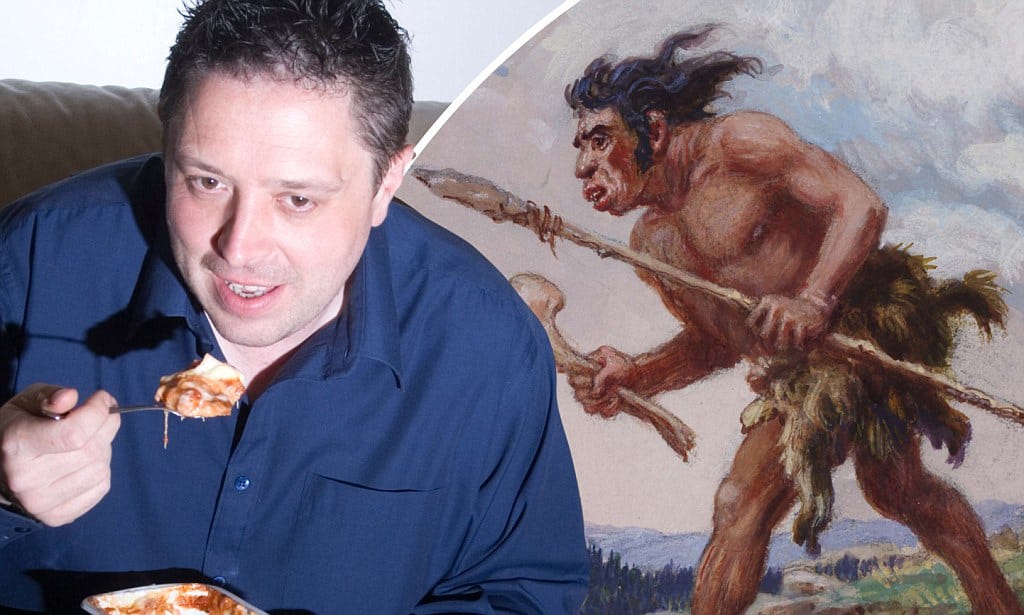
Tied Tongue is “water under the bridge.”
Tongue tie is caused by genetic factors related to dietary chewing pressure that cannot be controlled by the patient. Tongue tie is “water under the bridge” and secondary to the eating habits of prior generations. Past generations started eating softer foods and passing on smaller mouths and tied tongues and lips to future generations.
Eating foods such as macaroni and cheese, smoothies and apple sauce is to blame for smaller mouths and faces. As the mouth has shrunk from one generation to the next, our tongues and chewing muscles have tightened. It all started when humans started cooking food. Humans used to live in caves and eat raw meats off the bone.
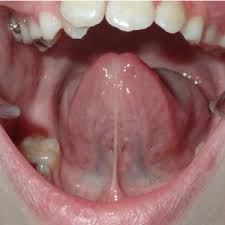
Anterior tongue tie
Chewing Pressure Facial Growth and Development
The pressure from chewing hard foods causes the jaws a facial bones to grow larger and stronger. The same pressure also causes the tongue and chewing muscles to be more powerful and have a greater range of motion (and be less tight and tied). Generally speaking the more we use any muscles in our body, they get stronger, larger and usually have better range of motion. Ligaments connect muscles to bones. Tongue and Lip ties are ligaments that attach the tongue and lips to the jaw, head a neck bones. Literally these ligaments have gotten shorter and tighter from one generation to the next because of decreased chewing pressure.
Other articles about Myofunctional Therapy:
The Tongue Naturally Expands the Palate and Jaws
The tongue has a unique role in growth and development. Tongue pressure during eating, swallowing and speech literally expands the jaws and facial bones in growing children. The tongue naturally expands the the palate and upper jaws to be grow wider and more forward. Many professionals such as Dr. John Mew believe tongue pressure can also expand the palate of an adult. Dr. Mew has coined the term “Mewing” for tongue exercises he has developed.
Adult Orthodontic Expanders
When the jaws do not expand naturally, we see problems such as TMJ, sleep, breathing and posture problems. We use DNA appliances and Homeoblock devices to treat adults for especially TMJ pain and sleep apnea.
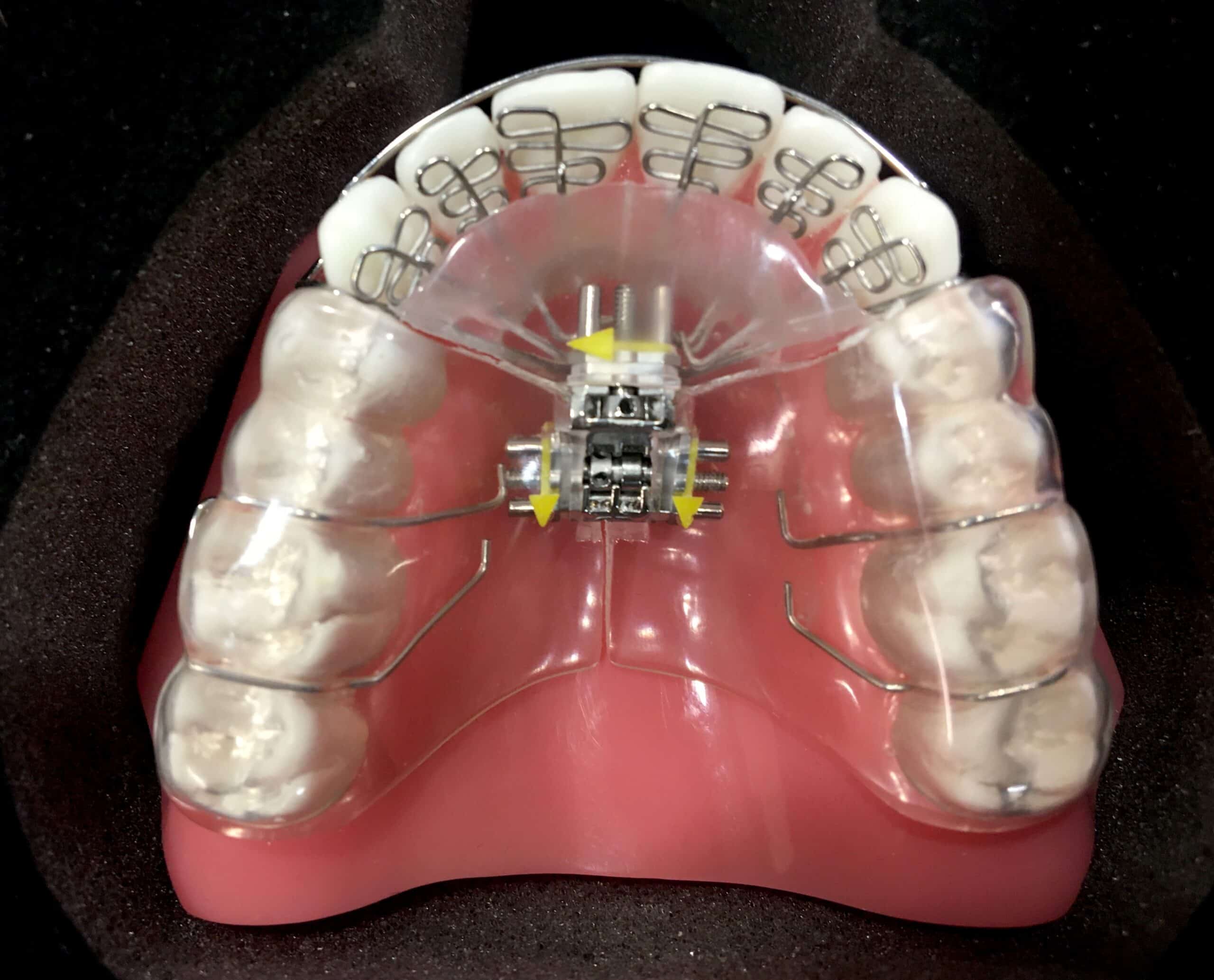
Palatal Expanders for Children
The most popular expanders we use for kids are Schwarz expanders and ALF appliances. We also use Twin Block and Biobloc orthotropic devices. We usually couple tongue and lip tie diagnosis and treatment and myofunctional therapy.
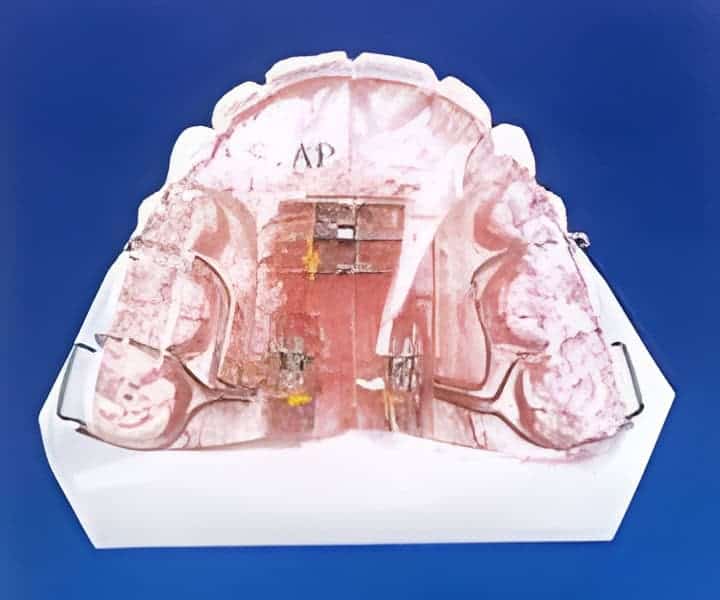
The Maxilla’s role in Jaw and Facial Growth
The maxilla is basically the upper jaw bone. The maxilla also forms the base of the nose. The maxilla sits literally at the center of the head and face. The maxilla touches all the other facial bones. When the maxilla expands it also changes the size, shape and position of all the other cranial facial bones. The maxilla influences all child facial growth and development. Remember tongue pressure expands the maxilla. Tongue pressure is critical. And chewing pressure is very important too.
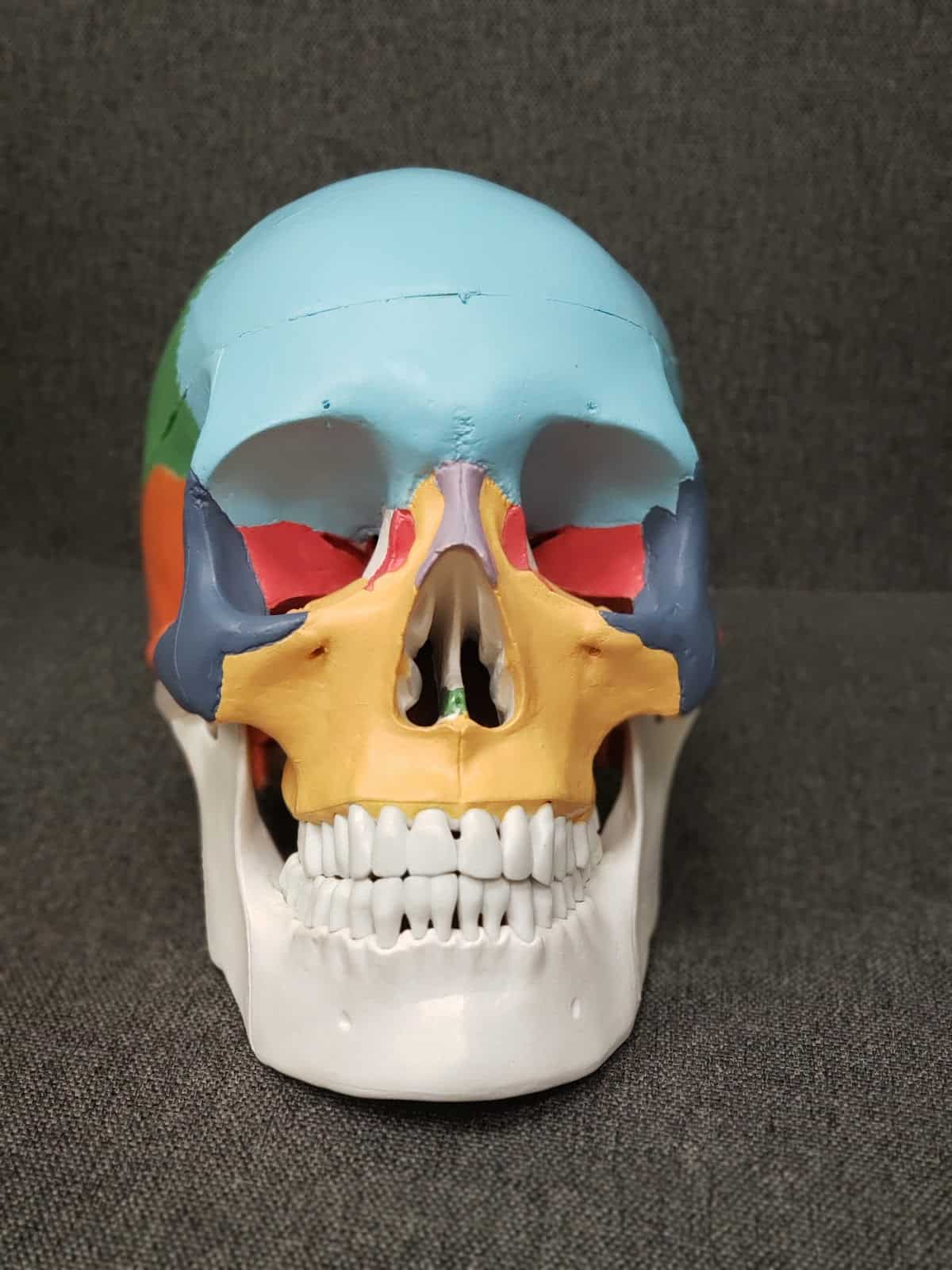
Why worry about Lip Ties?
A lip tie is defined as an overly tight ligament attachment between the lips and jaws. The tie can be at the upper lip or the lower lip. Lip ties can keep the lip too firmly pressed back on the jaws. Lips ties will restrict outward growth of the face. Lip ties can also restrict nasal breathing. And lips ties can also restrict proper movement of the mandible (lower jaw).
How to Fix Tongue and Lip Ties
The best way to correct tongue and lip ties is using a laser. Special care to remove enough of the tie and attachment is important. Myofunctional therapy exercises and proper healing are critical for the best functional results.
The Tongue and the Airway
During rest the tongue is supposed to be “suctioned” up into the palate. Especially during sleep. If the palate is too small the tongue has trouble achieving suction to the palate. Imagine a suction cup that is too large for a surface. Small palates are usually high and vaulted as well. High palates are difficult for the tongue to reach. Tongue ties create resistance as they restrict movement of the tongue up and into the palate. When the tongue is not resting in the palate, it will stay in the floor of the mouth. Low tongue posture is to blame for almost all obstructive airway problems during sleep. The tongue is a large muscle mass. During deep sleep the tongue will relax and fall back into the throat if it is not suctioned up onto the palate.
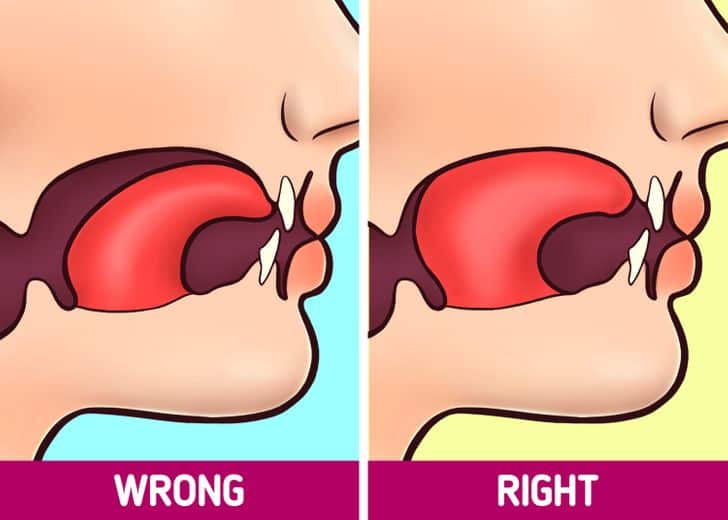
The Tongue “Tones and Opens” the Airway
The tongue connects to a horse show shaped bone in the throat called the hyoid bone. As the tongue moves to the palate during rest, it lifts forwards and up. As the tongue moves, it also lifts the hyoid bone up and forward. This lifting of the hyoid bone, tightens all the muscle tissue in the throat and increases the diameter of the throat. So, the tongue movement to the palate literally “tones and opens” the airway. If the tongue maintains proper posture and position during sleep, it is practically impossible to have obstructive airway problems (including obstructive sleep apnea).
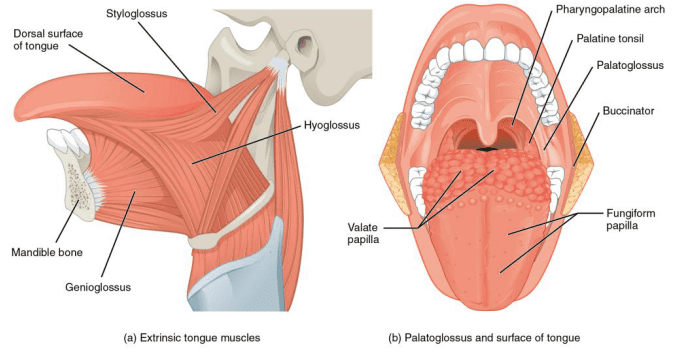
Fixing Tongue Function with Myofunctional Therapy
Myofunctional Therapy is everything about strengthening the tongue, correcting tongue function and perfecting tongue posture. But why do we care so much about the tongue? When the tongue is working properly we do not see:
- Mouth Breathing
- TMJ pain and teeth clenching
- Sleep apnea
- Poor facial profile and jaw asymmetries
- Posture problems related to the head and neck
- Crooked teeth and biting problems
Usually, by the time myofunctional therapy is considered some or all of the above problems are present. Other therapies and treatments in addition to myofunctional therapy are going to be necessary. Most of these treatments are structurally related, for example crooked teeth and poor facial profile.
 703-712-1053
703-712-1053 